Rare Stibnite Joins Arizona Gem and Mineral Museum
The specimen, donated by collector Robert Lavinsky, is now on view.

Its unveiling coincided with the annual Tucson gem and minerals shows, celebrated via a reception on Jan. 25 at the museum.
The specimen was extracted in 2003 from the Wuling Mine in the Jiangxi province in southeastern China and donated by Robert Lavinsky, a world-renowned mineral collector and science education advocate.
Stibnite is a compound of antimony and sulfur originating roughly 130 million years ago, the museum said, and visually, it appears opaque and metallic gray with long spear-like prismatic crystals.
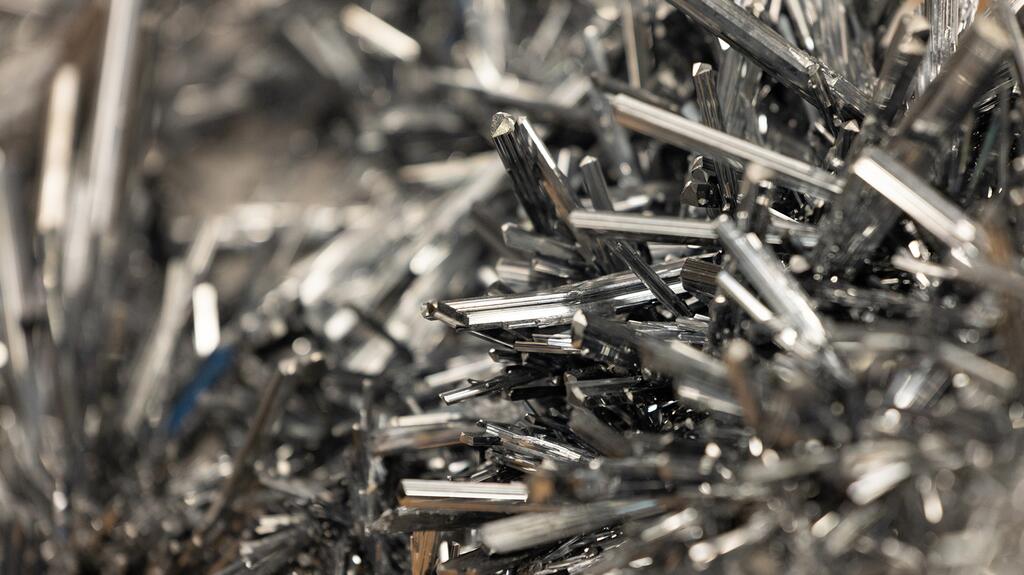
The donated specimen is 39.5 inches long, 16.5 inches wide and 17 inches thick, which the museum said is exceptionally rare for its size, intricacy, and quality. Only a handful of such specimens exist in the world, all of which were extracted from the Wuling Mine in the early 2000s, according to appraisers.
Stibnite is brittle and soft, and it has a Mohs hardness scale—the measurement mineralogists use to grade the relative hardness of minerals—rating of 2 out of 10. Because of this, stibnite crystals are not often found intact.
The mineral’s history dates back centuries. As early as 3100 B.C., ancient Egyptians powdered stibnite to use as eyeshadow and to treat eye infections, the museum said, while in ancient Rome, stibnite was associated with Pluto, ruler of the underworld.
Later, the Prophet Muhammad claimed stibnite cleared one's vision and promoted hair growth.
By 1832, French mineralogist François Sulpice Beudant officially named the mineral "stibnite," derived from the Latin word "stibium," meaning antimony.
"The rare and intricate beauty and geological significance of this stibnite specimen serve as a powerful educational tool, fostering curiosity and exploration in the fields of geology, chemistry and natural history," said Violetta Wolf, director of the Alfie Norville Gem and Mineral Museum.
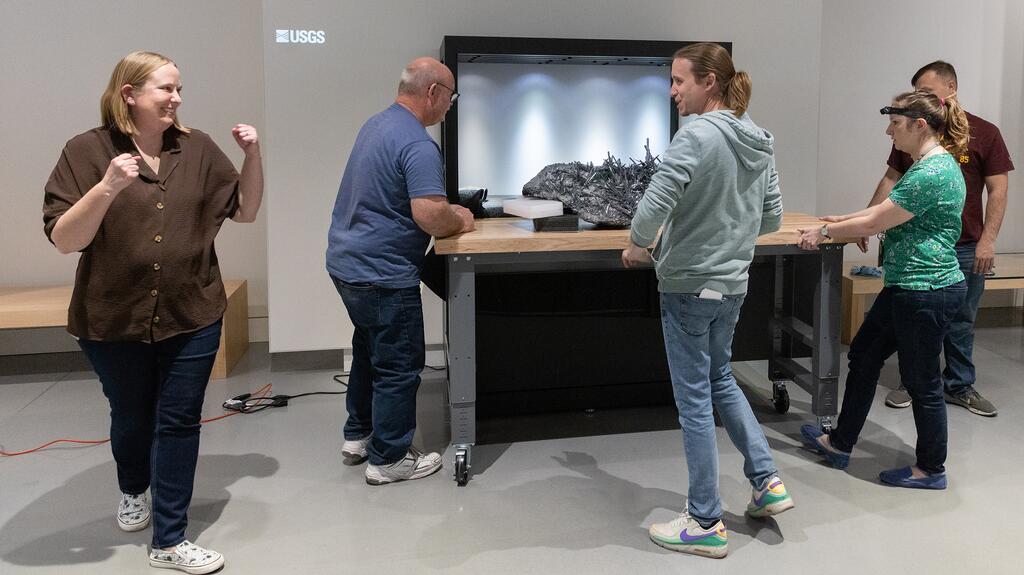
"I am incredibly thankful to Dr. Lavinsky," said University of Arizona President Robert C. Robbins.
"His generous donation of the incredible stibnite piece places the University of Arizona Alfie Norville Gem and Mineral Museum at the forefront of global mineral exhibits and boosts the museum's ability to provide a unique opportunity for individuals of all ages to engage with the history and importance of minerals."
Along with being a longtime supporter of the University of Arizona, Lavinsky is the owner, founder and president of The Arkenstone, an online purveyor of minerals, and of the Dallas Mineral Collecting Symposium.
He is also a mineral dealer, collector and consultant who works with museums and private collectors around the world.
Lavinsky has been actively involved in mineral education and has made significant donations to various institutions, including the Smithsonian Institution, the Perot Museum of Nature and Science in Dallas, museums in Los Angeles and Santa Barbara, California, and numerous museums in China.
In recognition of Lavinsky's contributions to the field, a rare copper mineral from South Africa is named "lavinskyite" in his honor.
Lavinsky has also donated a stibnite to the Peabody Museum of Natural History at Yale University.
"Both Yale and the University of Arizona share my vision of a 'beauty first' approach to education, displaying valuable specimens of minerals as inspirational works of natural art," Lavinsky said.
"As a lifelong collector, it is an honor to make this joint donation to two such worthy museums and to share the inspiration and awe that these specimens evoke in me."
John-Paul Roczniak, president and CEO of the University of Arizona Foundation, said the donation was “an incredible addition” to the museum’s mineral collection.
"Thank you to Dr. Lavinsky and others who have made significant gifts to the museum's collection. The Alfie is a treasure of a facility, and an incredible point of pride for the university and Tucson community," Roczniak said.
The Latest

Michel Desalles allegedly murdered Omid Gholian inside World of Gold N Diamond using zip ties and then fled the country.

Associate Editor Lauren McLemore shares her favorite looks from a night of style inspired by Black dandyism.


Sponsored by Instappraise

Gain access to the most exclusive and coveted antique pieces from trusted dealers during Las Vegas Jewelry Week.

CEO Beth Gerstein discussed the company’s bridal bestsellers, the potential impact of tariffs, and the rising price of gold.


The brand’s first independent location outside of Australia has opened in Beverly Hills, California.

Cathy Marsh will lead the jewelry company’s efforts in the upper Midwest and western United States.

Supplier Spotlight Sponsored by GIA
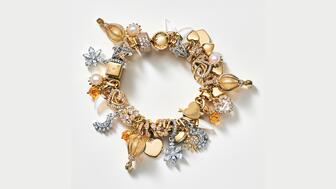
The company has multiple strategies for dealing with tariffs, though its CEO said moving manufacturing to the U.S. is not one of them.

Connecting with your customers throughout the year is key to a successful holiday marketing push.

National Jeweler Editor-in-Chief Michelle Graff joined Michael Burpoe to talk tariffs, consumer confidence, and the sky-high price of gold.

Designer Lauren Harwell Godfrey made the piece as an homage to the 2025 gala’s theme, “Superfine: Tailoring Black Style.”

Expanded this year to include suppliers, JA’s 2025 list honors 40 up-and-coming professionals in the jewelry industry.
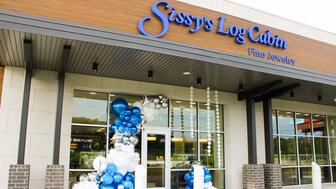
Located in Fort Smith, it’s the Mid-South jeweler’s first store in Northwest Arkansas.

The episode about the family-owned jeweler will premiere May 17.

The Houston-based jeweler’s new 11,000-square-foot showroom will include a Rolex boutique.

The turquoise and diamond tiara hasn’t been on the market since it was purchased by Lord Astor in 1930.

The childhood craft of making dried pasta necklaces for Mother’s Day is all grown up as the 14-karat gold “Forever Macaroni” necklace.

Set with May’s birthstone and featuring an earthworm, this ring is a perfect celebration of spring.
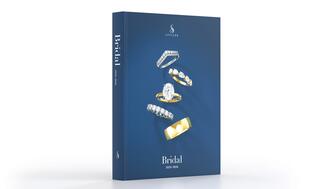
“Bridal 2025–2026” includes popular styles and a dedicated section for quick pricing references of lab-grown diamond bridal jewelry.

Though currently paused, high tariffs threaten many countries where gemstones are mined. Dealers are taking measures now to prepare.

Located in Miami’s Design District, the 4,000-square-foot store is an homage to David and Sybil Yurman’s artistic roots.

May babies are lucky indeed, born in a month awash with fresh colors and celebrated with one of the most coveted colored gemstones.

The deadline to apply for the Seymour & Evelyn Holtzman Bench Scholarship is June 12.

What’s really worrying U.S. consumers isn’t the present situation; it’s what the economy is going to look like six months from now.

Now called The Instore Jewelry Show, it will include holiday-focused education, interactive workshops, and a window display contest.

It includes pricing for unenhanced Colombian emeralds in the fine to extra fine range.






























